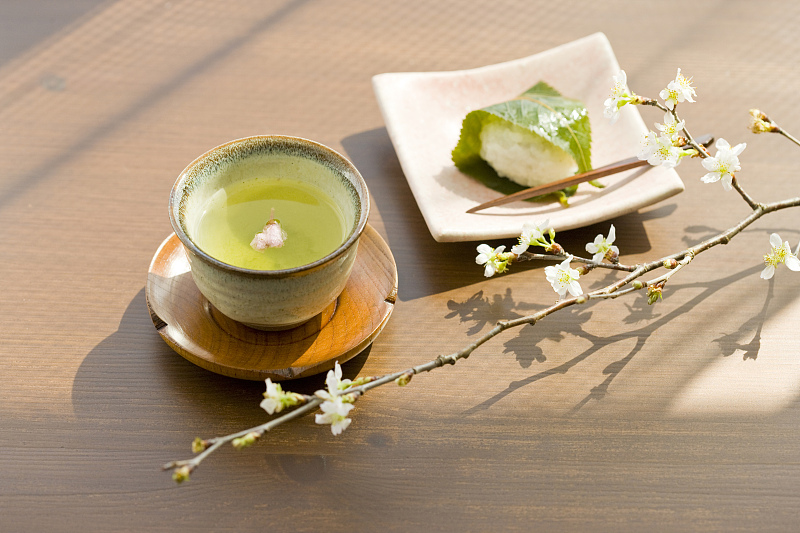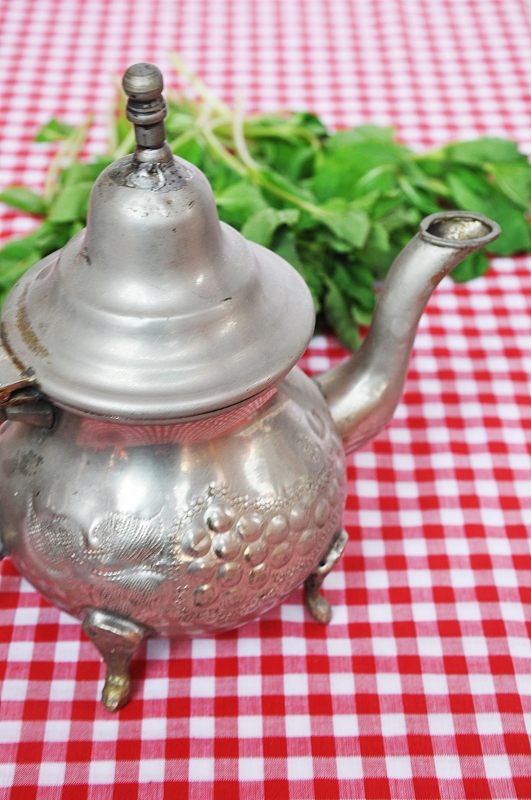
A cup of green tea is served with dessert. /CFP
A cup of green tea is served with dessert. /CFP

A photo shows a tea garden that cultivates green tea in Hangzhou City, Zhejiang Province. /CFP
A photo shows a tea garden that cultivates green tea in Hangzhou City, Zhejiang Province. /CFP

A tea set and tea leaves for making Algerian mint tea are presented on a table. /CFP
A tea set and tea leaves for making Algerian mint tea are presented on a table. /CFP

As a traditional tea in Algeria, Algerian mint tea features in everyday life. /CFP
As a traditional tea in Algeria, Algerian mint tea features in everyday life. /CFP
With its fresh, minty flavor, Algerian mint tea, also known as Maghrebi mint tea or Moroccan mint tea, is a kind of green tea cultivated in northern African countries and is also popular around the world. Algerian mint tea plays an important role in local social life. The host will make the tea for guests to show hospitality. It is prepared by putting fresh or dried green tea and fresh mint leaves into boiling water with sugar, creating a mild aroma.
Speaking of tea, China has a diverse range of teas and a rich tea culture. Longjing tea is one of the most famous and popular types of tea in China. This tea is mostly produced in Longjing Village in Hangzhou City, Zhejiang Province. It takes a series of delicate processes to produce this tea, which introduced vitamins, amino acids and antioxidants into the body.
Chinese people enjoy drinking tea in the course of their everyday lives, forming a special tea culture that is both physically and spiritually nourishing. China has a long history of tea cultivation on its vast and fertile lands, and it retains many of its traditional tea making techniques, tea arts and tea rituals to this day. Drinking tea can offer a sense of tranquility. The splendor of Chinese tea culture has also had an important influence on its neighboring countries.